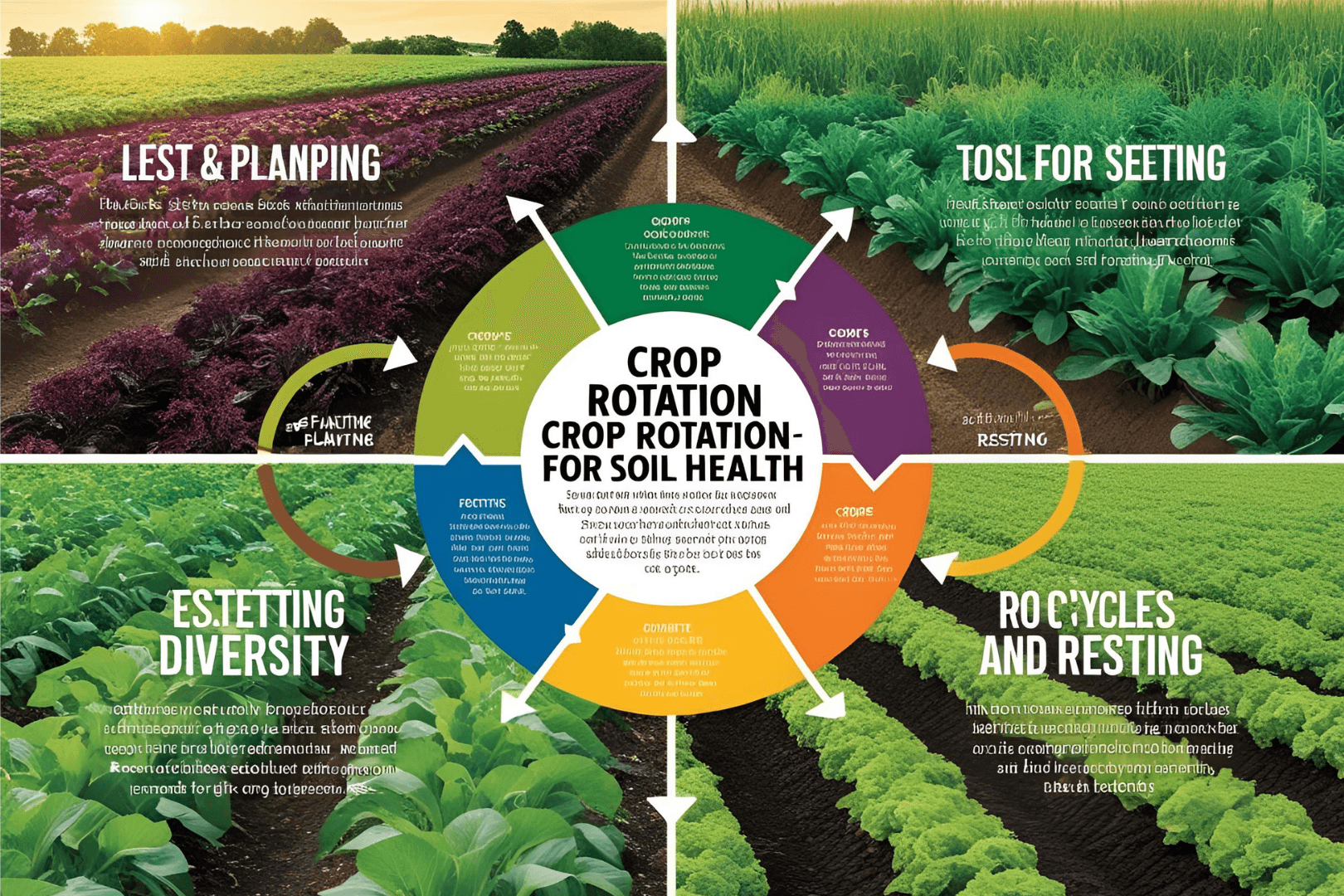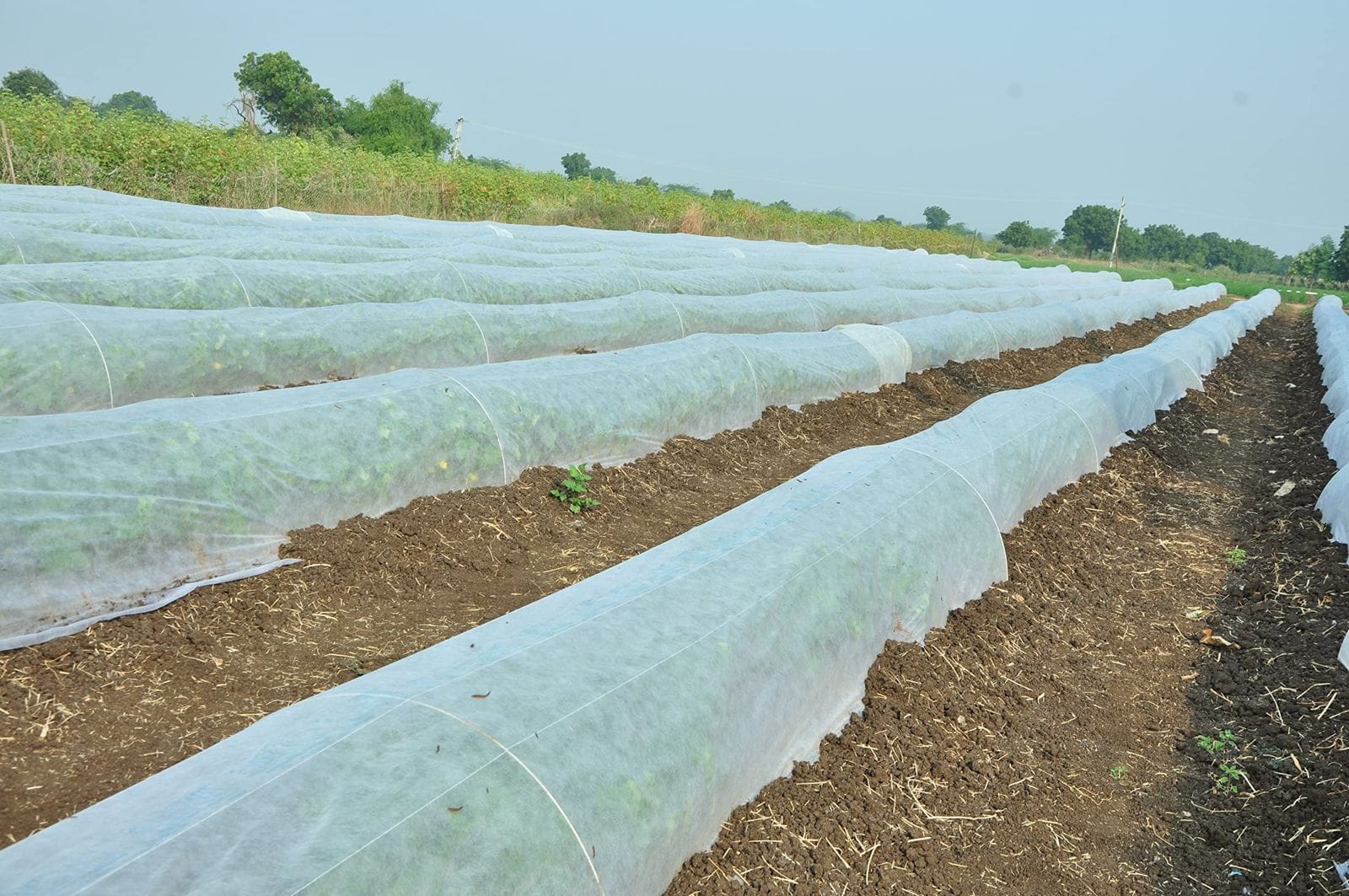Introduction
Crop rotation is an ancient yet scientifically proven agricultural practice that plays a crucial role in maintaining soil fertility, preventing pests, and improving crop yields. Farmers across India have successfully used this method to enhance their productivity while reducing dependency on chemical fertilizers. This article explores why crop rotation is essential and how Indian farmers can implement it effectively.
What is Crop Rotation?
Crop rotation involves growing different crops in a systematic sequence on the same land over multiple growing seasons. Instead of planting the same crop repeatedly, farmers change crops based on their nutrient requirements, root structures, and pest resistance.
For example:
- Year 1: Legumes (like lentils or peanuts) to fix nitrogen in the soil.
- Year 2: Cereal crops (like wheat or maize) that require high nitrogen.
- Year 3: Root crops (like potatoes or carrots) to utilize deep soil nutrients.
- Year 4: Green manure or cover crops to replenish organic matter.
Benefits of Crop Rotation for Soil Health
- Improves Soil Fertility
- Different crops have varying nutrient needs, ensuring that no single nutrient is depleted.
- Legumes, such as pulses, fix atmospheric nitrogen into the soil, reducing the need for synthetic fertilizers.
- Prevents Soil Erosion
- A continuous rotation of crops with deep and shallow root systems improves soil structure and prevents erosion.
- Reduces Pest and Disease Infestation
- Pests and diseases often thrive when the same crop is planted repeatedly. Changing crops disrupts their lifecycle.
- Enhances Organic Matter Content
- Crops like green manure (e.g., mustard, clover) add organic matter to the soil, improving its texture and microbial life.
- Increases Water Retention
- A well-managed crop rotation system enhances soil porosity, allowing better water infiltration and retention.
How to Implement Crop Rotation in India?
- Understand Your Soil Type
- Conduct soil testing to determine nutrient levels and deficiencies before planning rotation cycles.
- Choose the Right Crop Combinations
- Legumes before cereals: Pulses like moong or urad dal enrich the soil before planting rice or wheat.
- Deep-rooted crops before shallow-rooted ones: Helps in balancing nutrient absorption.
- Use Cover Crops Between Rotations
- Growing cover crops like mustard or clover between main crops enhances organic matter and prevents weed growth.
- Integrate Low-Tunnels for Better Yield
- Low-tunnel farming (small protective structures made of plastic sheets) can be used in rotation cycles to protect crops from extreme weather, pests, and moisture loss.
Conclusion
Crop rotation is an effective and sustainable farming method that improves soil fertility, reduces chemical dependency, and enhances yields. By following proper crop sequencing and integrating modern techniques like low-tunnels, Indian farmers can maximize their agricultural productivity while ensuring long-term soil health.
For expert guidance on implementing crop rotation and sustainable farming practices, contact us:
📞 +91 7014180458
📧 ratanmetalsjaipur@gmail.com
Let us help you make farming more profitable and sustainable! 🚜




